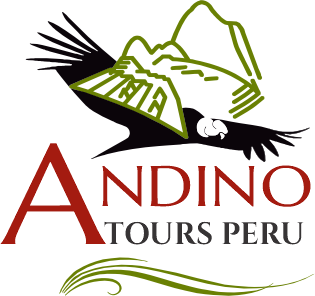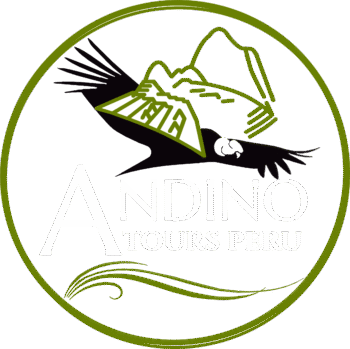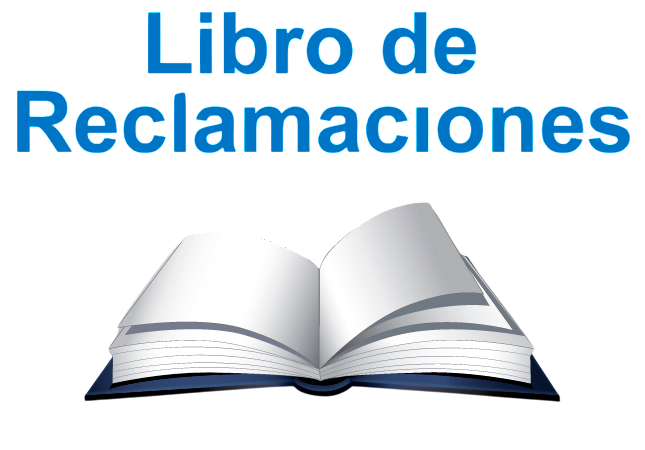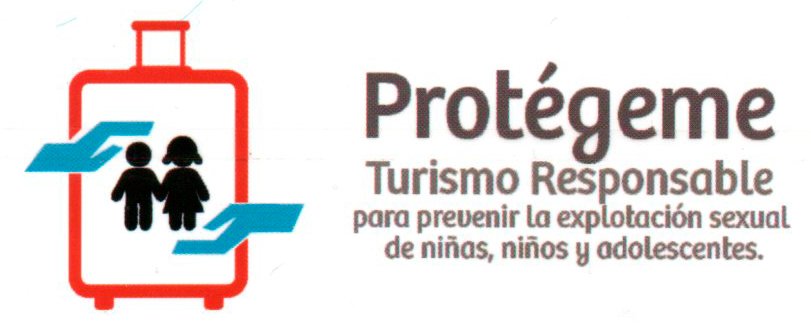Historical Significance of the Coca Leaf
The coca leaf has a profound historical significance in Peru, deeply embedded in the cultural fabric that extends back to ancient civilizations such as the Incas. For these societies, the coca leaf was more than a botanical specimen; it was a sacred plant that played a pivotal role in their daily lives and spiritual practices. The Incas revered the coca leaf, utilizing it in a variety of ways that highlighted its importance, including rituals, traditional medicine, and even as a form of currency.
Coca leaves were often chewed by various social classes within Incan society to provide energy and suppress hunger, especially during arduous tasks or long journeys. This practice was not merely utilitarian; it also embodied a deep cultural reverence. The presence of coca in rituals illustrated its integral role in connecting the earthly with the spiritual, serving as an offering to deities, and symbolizing respect for nature. In these ceremonies, the coca leaf was believed to embody divine significance, serving as a medium through which the community engaged with their cosmology.
Moreover, the coca leaf assumed a unique status as a form of currency in pre-Columbian times, facilitating trade and social interaction amongst various groups. The exchange of coca leaves helped to solidify relationships and alliances, thereby influencing social structures that persisted for centuries. Through its use in communal gatherings and as a form of tribute, the coca leaf served to reinforce the hierarchical stratifications present in ancient Peruvian society.
Indigenous beliefs surrounding the coca leaf continue to shape cultural practices and social norms in Peru today. As symbolism persists, it underscores a collective identification with ancestry and resilience, establishing a palpable link to past traditions. The coca leaf remains a vital element of Peruvian heritage, illustrating the intertwining of historical significance and cultural identity.
Cultural Practices Involving Coca Leaves
Coca leaves hold a profound significance in Peruvian culture, ingrained in the traditions and lifestyle of many indigenous communities. The practice of chewing coca leaves, also known as «acullicu,» is one of the oldest cultural traditions in the Andes. This method of consumption is imbued with both physical and spiritual importance, often regarded as a way to enhance endurance and alleviate fatigue in the high-altitude environment of the Andes. The active compounds in coca leaves, including alkaloids, contribute to these energizing effects, making them a vital resource for laborers and farmers.
Beyond its practical benefits, coca leaves play an integral role in various social gatherings and ceremonies. The act of sharing coca leaves is a gesture of goodwill and hospitality, serving as an essential component of community bonding. During traditional rituals, such as weddings or agricultural celebrations, participating in the act of chewing coca leaves together symbolizes unity and mutual respect among individuals. Furthermore, coca tea, prepared by infusing the leaves in hot water, is a common beverage offered to guests, reinforcing cultural norms of hospitality and kindness.
Modern Perspectives on Coca Leaves and Traditions
The coca leaf, historically revered in Andean culture for its medicinal and ritualistic properties, faces a complex modern landscape as societal perspectives shift under the influence of contemporary issues such as drug trafficking and the ongoing debates surrounding legalization. Traditionally, indigenous communities in Peru have utilized coca leaves for centuries, consuming them for their stimulant effects during laborious activities, as well as for their reported health benefits. However, the rise of coca’s association with the illegal drug trade has led to a tarnished image, complicating its place within both local and global contexts.
In recent years, efforts by indigenous groups have emerged to reclaim the cultural significance of the coca leaf. These communities strive to educate the public on the uses of coca that extend beyond narcotic implications, highlighting its value in traditional medicine, ceremonial practices, and as a source of natural nutrition. By emphasizing the leaf’s historical context and positive applications, activists aim to challenge the prevailing narrative that defines coca solely in relation to cocaine production and trafficking.
Legal frameworks surrounding coca cultivation and use continue to evolve, reflecting a tension between preservation of indigenous rights and broader socio-political concerns. Some regions within Peru are exploring the potential of legalizing coca production for traditional uses, which could pave the way for a reconciliation of its cultural significance and its contentious modern implications. Furthermore, international discourse on drug policies is beginning to acknowledge the importance of integrating traditional practices into contemporary conversations about coca. This shift demonstrates a growing recognition of indigenous knowledge systems as vital to understanding and managing the realities surrounding coca leaves. Education and advocacy are essential in redefining the narrative, ensuring that coca’s rich heritage is preserved and appreciated in today’s world.
The Future of Coca Leaf Traditions in Peru
The future of coca leaf traditions in Peru is undoubtedly intertwined with the forces of globalization and cultural exchange. As the world increasingly connects, the perception and utilization of coca are evolving, while still maintaining its deep-rooted significance within indigenous communities. The balance between the preservation of ancestral customs and the pressures of modernity is a complex challenge that lies ahead.
One crucial aspect of this future is the potential for sustainable practices surrounding coca cultivation. As globalization paves the way for broader markets, there is an opportunity to promote coca in a manner that respects its traditional uses and cultural relevance. Sustainable farming techniques can ensure that coca leaf production supports local economies without compromising the environment or the cultural integrity of indigenous practices. By focusing on sustainable coca cultivation, these communities can potentially enhance the economic benefits derived from this ancient crop while reducing the impact of illicit drug trade associations.
Furthermore, the role of tourism in Peru’s cultural landscape presents a unique avenue for revitalizing coca traditions. As travelers seek authentic experiences, there arises a demand for educational initiatives that highlight the historical and cultural significance of coca leaves. Eco-tourism and responsible travel can facilitate a renewed appreciation for coca, encouraging visitors to engage with local cultures and traditions in meaningful ways. This, in turn, may bolster local economies and ensure that customs surrounding coca continue to thrive amidst modernization.
Moreover, international relations will play a significant role in shaping the future of coca leaf traditions. Countries’ policies towards coca cultivation are evolving, with increasing tendencies towards legalization and decriminalization. As the narrative surrounding coca shifts from an outright ban to acknowledging its cultural importance, Peruvian society might witness a resurgence in traditional practices, aligning age-old customs with contemporary contexts. Emphasizing this duality, between tradition and modernity, could foster a richer understanding and appreciation of the coca leaf within both local and global spheres.




